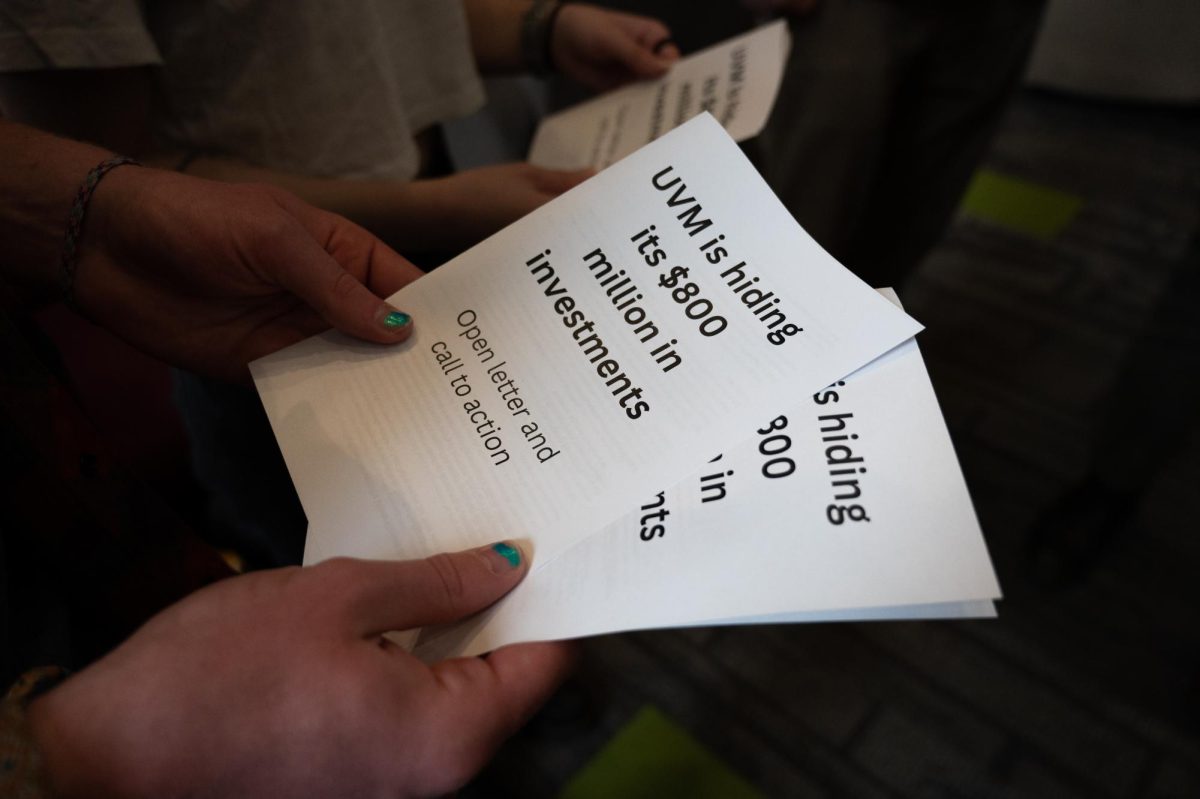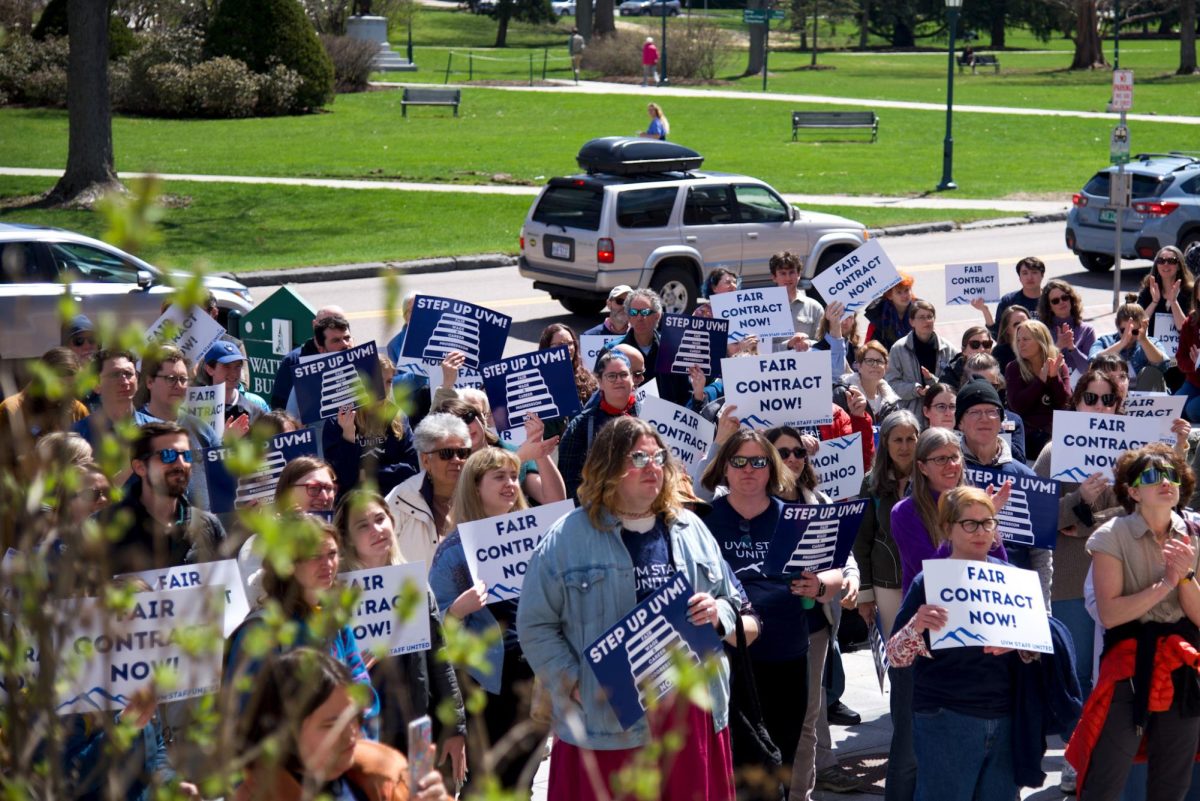It’s a typical night of debauchery. A smoke filled basement crowded with kids having a good time; meeting people, laughing, drinking games. But, a once popular form of socializing is missing; Dance. A staple of human expression for millennia, a form of physical liberation and innovation, the celebration of movement and style is rarely part of the fun. There is usually a beat – music is omnipresent. As it plays in the background, the crowd acknowledges it. Content to scream in conversation over the beats, or perhaps occasionally and inconspicuously nod heads to the sound, the majority of the crowd’s behavior gives a signal that more movement might be taboo. Dancing is not for everyone, and many find it intimidating. Chorophobia, the fear of dance, can stimulate shortness of breath, panic attacks, irregular heartbeats, and nausea. In this way, Chorophobia inhibits participation in social gatherings. Even more formal venues in Burlington do not offer sufficient opportunities or support for dance. The bar/club scene is not filled with active dancers. Although a select few seem intent on moving to the center of small dance spaces, the majority seem content to position themselves a safe distance from the floor. This allows them to watch dancers, but this behavior actually limits participation. If people are nervous about dancing, the longer they observe it, the less likely they will try it. Their anxiety about dancing increases as they observe others. I am not suggesting that dancing does not exist in Burlington, but the groove is definitely in short supply. There are some factors which have played a part in the assassination of the boogie in Burlington. First, there is limited physical space in small dance floors and crowded venues. What more, there are few events that are directly designed to encourage dance. Maybe the problem is that there are few opportunities for low-cost or free dance training. UVM and private operators do not host dances in a venue that might successfully accommodate hundreds of people. Of course, the less people dance, the less likely they will identify it as an expected part of social behavior. In time, the absence of dancing produces a ‘culture’ of wall-flowers. Dancing and self- expression are intertwined with cultural evolutions. Dancing has been an important primary form of social and political communication in the past. In fact, archeologists believe that dance was the basic mechanism for a pre-state civilization to convey knowledge and education from one generation to the next. But in the United States, there is a history of prejudice towards dance. The Protestant tradition thought dance was “the root of all sin.” This prudish mentality rejects the sexually rhythmic movements of dance. This issue still resonates. Some campuses and communities ban dancing. And despite significant advances in personal freedoms that have developed in the past two centuries of American political and social evolution, there are dancing taboos. Because dancing includes body movement, it often also involves body stereotyping. With constant mass media images of physical perfection, dancing, with its attention to the body, presents risks for those calling attention to their “imperfections.” Individuals fear that they might be subject to social ridicule. With little dancing, this fear increases. Both traditional religious conservatism and contemporary media imagery serve to produce a message about dance ?- it ought to be “checked,” not celebrated.As an intellectual, dynamic, and innovative community we need to increase our affinity for phunk. We need dance. Whether it’s freaking, breaking, popping, square dancing, or frolicking in field, we must change the local (non-) dance culture. The college should provide free or low-cost social dance lessons. The SGA should sponsor informal and formal dances. Dance can improve self-esteem, increase poise, decrease social awkwardness and offer a lifetime recreational skill. It is an outstanding form of exercise as well as an effective way of stress relief. Most importantly, it is simply a fun way to celebrate life and music. With more dance, the communities of Burlington and UVM will be more appropriately served.












